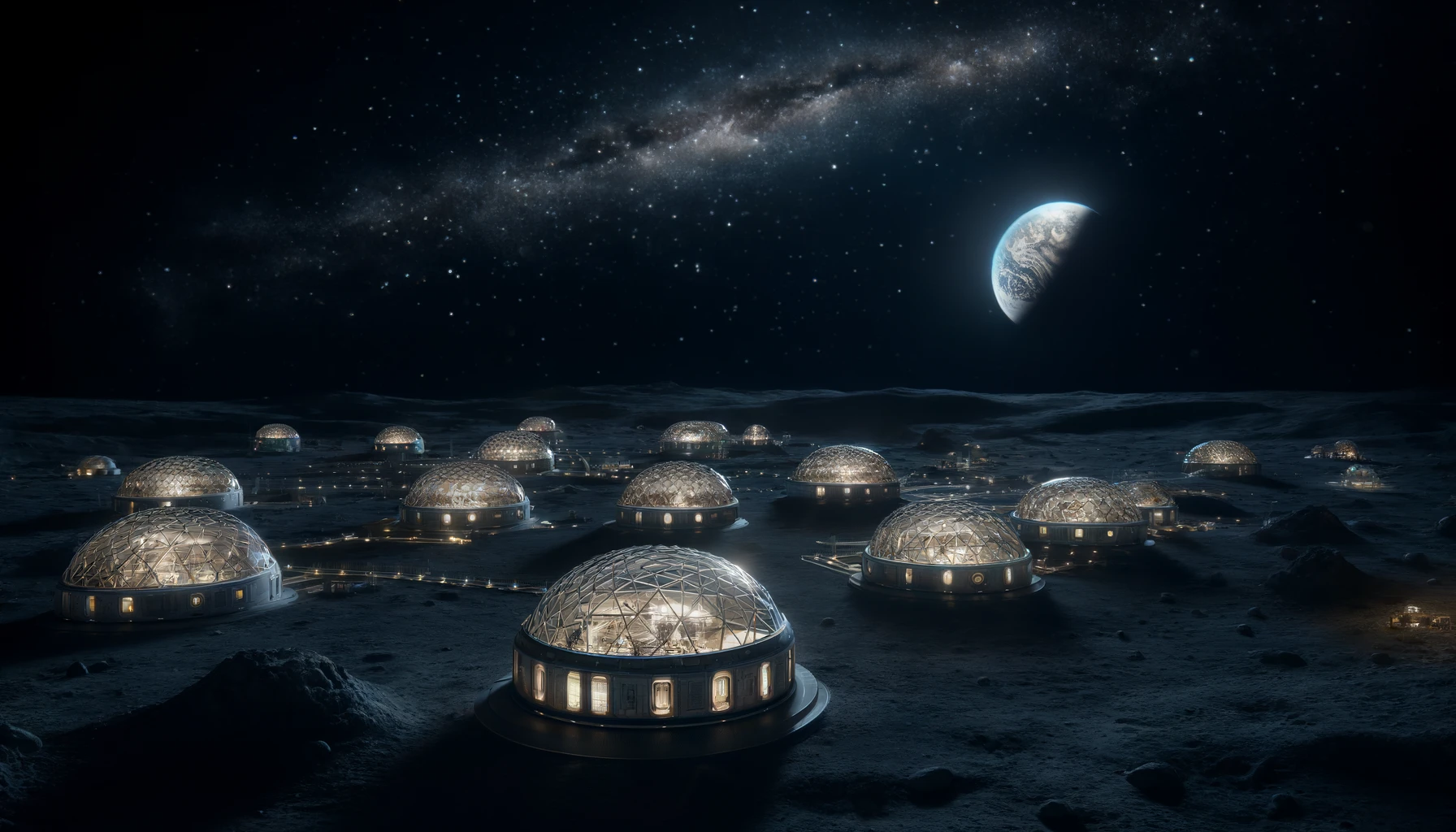In May 2009, astronauts embarked on the final servicing mission to the Hubble Space Telescope, known as Servicing Mission 4 (SM4). This marked the last time human hands directly interacted with Hubble, via one of the most technically challenging series of spacewalks NASA had conducted up until that point. The mission was designed not only to extend Hubble’s operational life but also to expand its capabilities, allowing it to continue transmitting breathtaking images and crucial scientific data back to Earth.
A Momentous Mission
Launched aboard Space Shuttle Atlantis, SM4 was pivotal as it was the final planned mission before the shuttle fleet’s retirement. Astronauts installed new instruments and upgraded existing components, which included the installation of the Wide Field Camera 3 and the Cosmic Origins Spectrograph. These enhancements were aimed at allowing Hubble to observe the universe in ways that were not previously possible. The mission was a success, despite initial delays and the looming shadow of the Columbia disaster which had placed previous shuttle missions under scrutiny.
A Host of New Discoveries
Since the upgrades during SM4, Hubble has provided insights that have reshaped our understanding of the universe. It has worked in tandem with other telescopes, like the James Webb Space Telescope, to provide a more comprehensive view of the cosmos. The synergy between these tools has enabled observations that span the ultraviolet to near-infrared light spectrum, contributing to numerous discoveries across multiple celestial phenomena.
The sophisticated enhancements from SM4 have allowed Hubble to function beyond expectations. Not only has it continued to function well past its original projected lifespan, but it has also been able to support and complement newer space-based observatories. The mission exemplified the potential of human ingenuity and the enduring value of servicing missions in maintaining and enhancing the capabilities of space-based instruments.
Valuable Insights from Hubble’s Extended Mission
- Hubble’s new instruments have significantly increased its scientific output.
- The telescope plays a critical role alongside newer observatories like the James Webb Space Telescope.
- Continued observations have expanded our understanding of the universe’s structure and history.
In conclusion, the success of Servicing Mission 4 has not only prolonged Hubble’s life but also enhanced its capacity to observe the universe. This mission underlined the effectiveness of on-site servicing and upgrades, which have enabled ongoing discoveries that enrich our understanding of the cosmos. The collaboration between Hubble and newer telescopes continues to underscore the value of a diverse suite of observational tools in astronomy.










